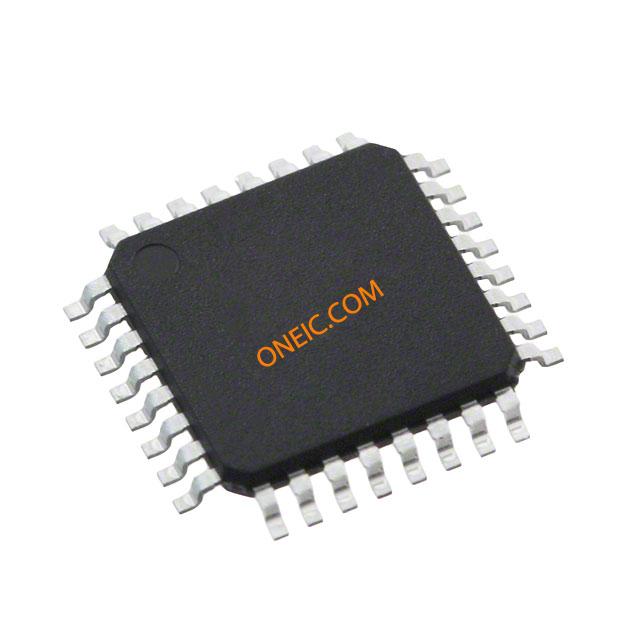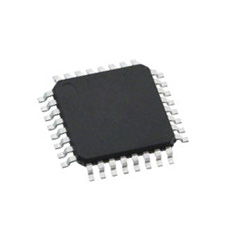ATMEGA168PA-AU
8-bit AVR microcontrollers with 16KB Flash, 32-pin TQFP packaging
Manufacturer: ['microchip', 'atmel']
series introduction
# Introduction to the ATMEGA168PA - AU Product Series
## 1. Overview
The ATMEGA168PA - AU is a member of the highly popular AVR® 8 - bit microcontroller family developed by Microchip Technology. This product series is designed to offer a cost - effective, high - performance solution for a wide range of embedded applications. With its rich set of features and capabilities, it has become a go - to choice for hobbyists, students, and professional engineers alike.
## 2. Key Features
### 2.1. Microcontroller Core
- **AVR Architecture**: The ATMEGA168PA - AU is based on the enhanced RISC (Reduced Instruction Set Computing) AVR architecture. It can execute most instructions in a single clock cycle, which results in a high - performance ratio. This architecture allows for efficient code execution and enables the microcontroller to handle complex tasks with ease.
- **8 - bit CPU**: The 8 - bit central processing unit provides a good balance between simplicity and processing power. It can handle basic arithmetic and logical operations quickly, making it suitable for applications that do not require extremely high - end processing capabilities but still need reliable and efficient operation.
### 2.2. Memory
- **Flash Memory**: It comes with 16KB of in - system self - programmable Flash memory. This non - volatile memory is used to store the program code. The self - programmable feature allows for easy firmware updates, which is crucial for product development and maintenance.
- **SRAM**: There is 1KB of static random - access memory (SRAM). SRAM is used for storing variables and data during program execution. The 1KB capacity is sufficient for many small to medium - sized applications, allowing for the storage of intermediate results and buffers.
- **EEPROM**: The microcontroller also includes 512 bytes of electrically erasable programmable read - only memory (EEPROM). EEPROM is ideal for storing critical data that needs to be retained even when the power is turned off, such as calibration values or user settings.
### 2.3. Peripherals
#### 2.3.1. Timers/Counters
- **Three Timers/Counters**: The ATMEGA168PA - AU is equipped with three timers/counters. These timers can be used for a variety of purposes, such as generating accurate time delays, measuring time intervals, and generating pulse - width modulation (PWM) signals.
- **PWM Capability**: The PWM functionality is particularly useful in applications such as motor control, where the speed and direction of a motor can be controlled by adjusting the duty cycle of the PWM signal.
#### 2.3.2. Serial Communication Interfaces
- **USART (Universal Synchronous/Asynchronous Receiver/Transmitter)**: It has a full - duplex USART, which allows for serial communication with other devices. This interface is commonly used for communication with computers, sensors, and other microcontrollers. It supports both synchronous and asynchronous communication modes, providing flexibility in different application scenarios.
- **SPI (Serial Peripheral Interface)**: The SPI interface enables high - speed serial communication between the microcontroller and other SPI - compatible devices. It is often used for communicating with external memory chips, sensors, and displays.
- **TWI (Two - Wire Interface)**: Also known as I2C (Inter - Integrated Circuit), the TWI interface is a multi - master, multi - slave serial communication protocol. It is widely used for connecting low - speed devices such as sensors, EEPROMs, and real - time clocks.
#### 2.3.3. Analog - to - Digital Converter (ADC)
- **10 - bit ADC**: The ATMEGA168PA - AU features
Images for reference

32-TQFP

32-QFP

Image Preview